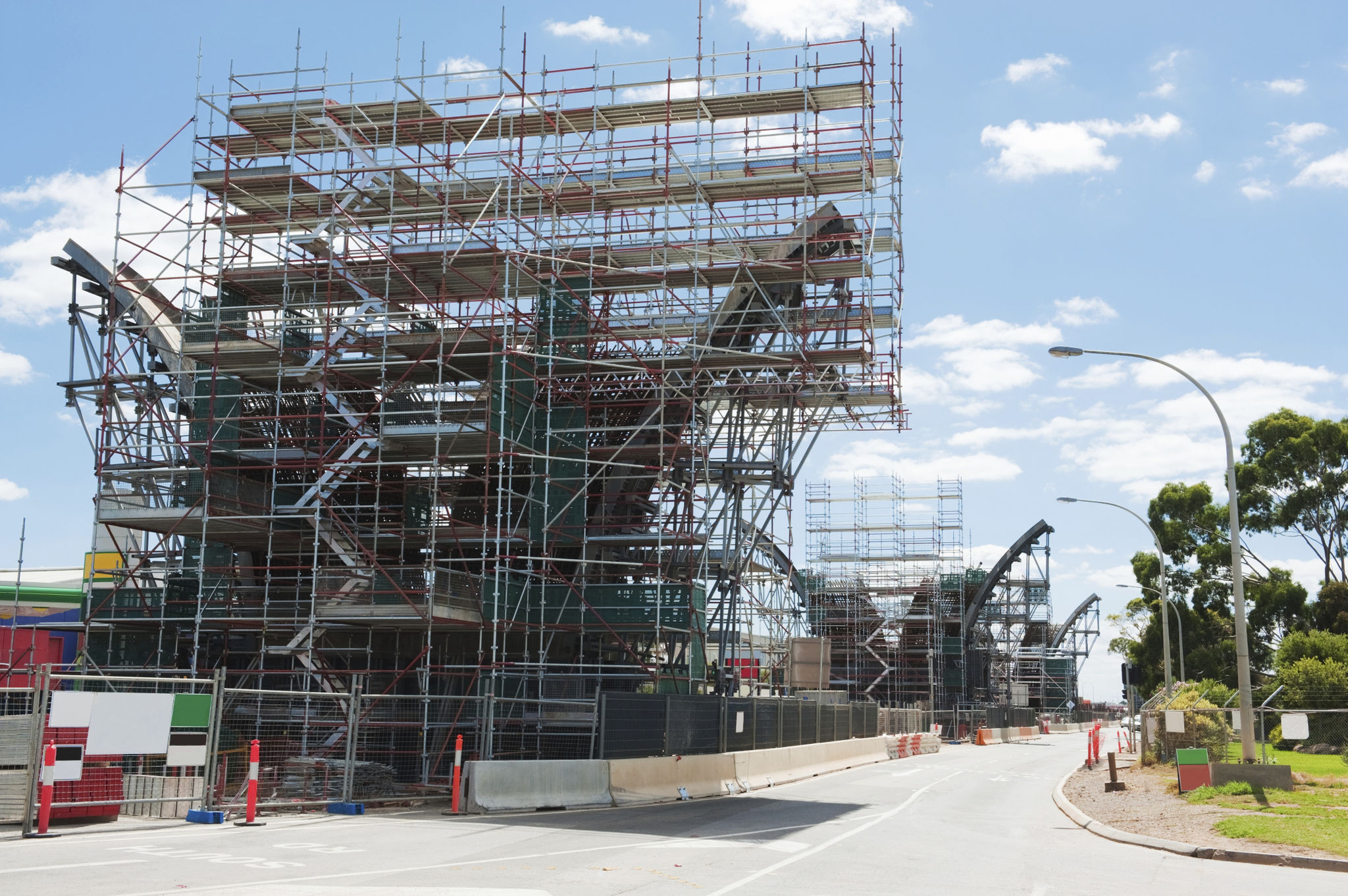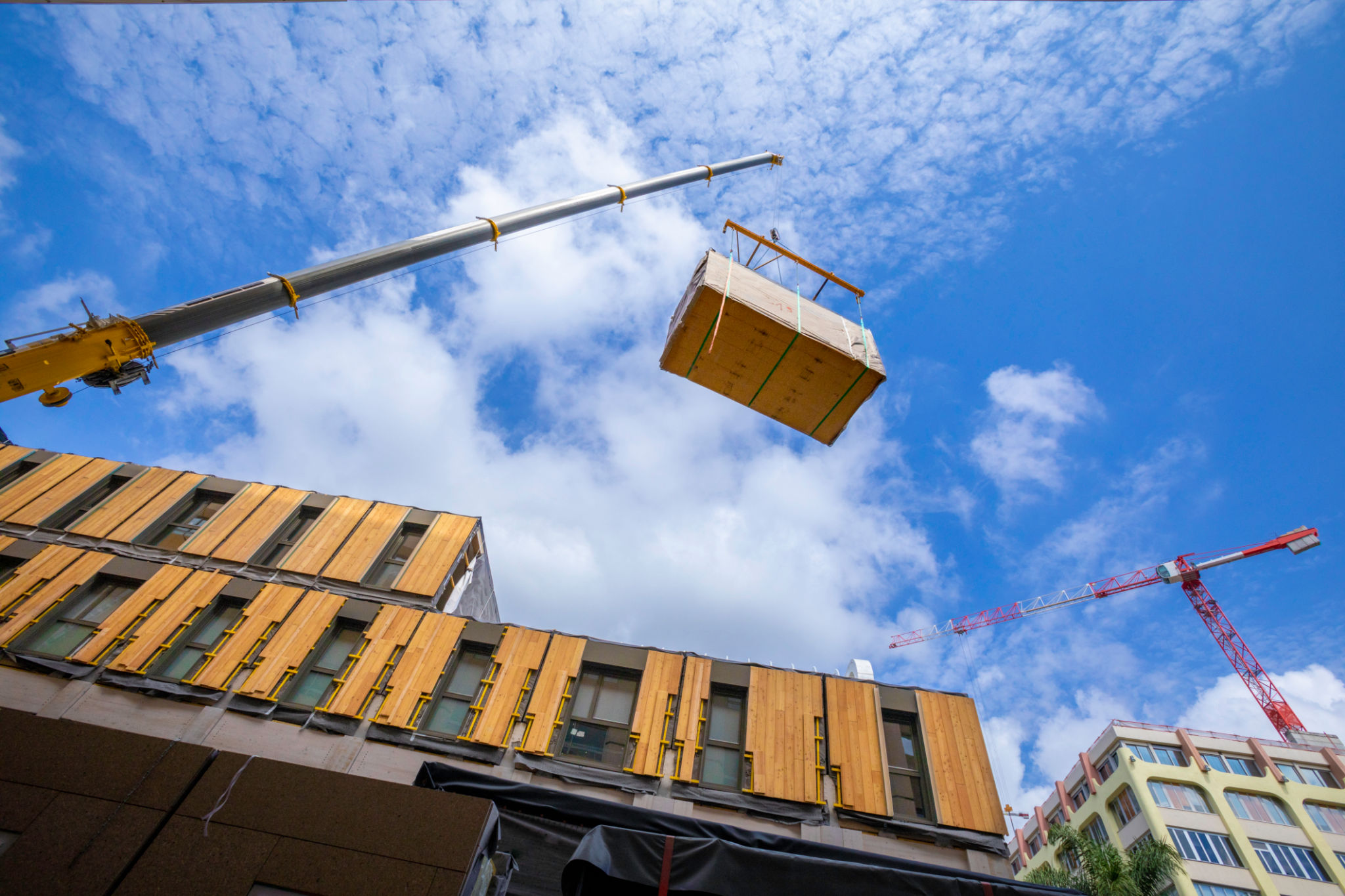Case Study: Successful Scaffolding Projects in South Australia
Introduction to Scaffolding in South Australia
Scaffolding plays a critical role in the construction and maintenance sectors, providing essential support and safety for workers. In South Australia, several successful scaffolding projects have set benchmarks for innovation, efficiency, and safety. This case study explores some of the most notable scaffolding projects in the region, highlighting what makes them stand out.
Project Overview
South Australia has witnessed a range of scaffolding projects, from residential buildings to large-scale commercial structures. These projects have not only showcased the technical expertise of companies involved but also highlighted the importance of safety and compliance with industry standards.

Key Features of Successful Projects
Successful scaffolding projects share several key features, including:
- Innovative Design: Tailored solutions that cater to unique architectural challenges.
- Safety Standards: Adherence to rigorous safety protocols to protect workers and the public.
- Efficient Project Management: Use of advanced tools and technologies to streamline processes.
Notable Projects and Their Impacts
One of the standout projects in South Australia is the scaffolding used for the Adelaide Oval redevelopment. The project required complex scaffolding solutions due to the stadium's unique architectural features. The efficient execution not only ensured worker safety but also minimized disruptions to the surrounding area.
Another significant project is the expansion of the Royal Adelaide Hospital. The scaffolding facilitated various stages of construction, demonstrating how critical planning and execution can lead to successful project outcomes. These projects have contributed significantly to the local economy by creating jobs and enhancing infrastructure.

Challenges Faced and Solutions Implemented
Despite their success, these projects encountered several challenges. For instance, navigating regulatory requirements and ensuring all safety measures were in place posed significant hurdles. However, through meticulous planning and continuous communication with stakeholders, these challenges were effectively managed.
The use of cutting-edge technology, such as Building Information Modeling (BIM), provided enhanced visualization and allowed for better coordination among teams, ultimately leading to smoother project execution.
Future Prospects for Scaffolding in South Australia
The success of past projects has set a strong foundation for future scaffolding endeavors in South Australia. As the region continues to grow and develop, the demand for innovative and efficient scaffolding solutions is expected to rise. Companies are increasingly investing in research and development to bring forth new techniques and materials that will further enhance project outcomes.
Additionally, there is a growing emphasis on sustainability in construction. Future scaffolding projects will likely integrate eco-friendly materials and practices, ensuring that South Australia's development is both progressive and environmentally conscious.

Conclusion
The successful scaffolding projects in South Australia illustrate the importance of innovation, safety, and effective project management. These elements not only ensure the safety and efficiency of construction activities but also contribute to the broader growth and development of the region. As the industry evolves, South Australia stands poised to continue leading with exemplary scaffolding solutions that meet tomorrow's challenges today.
